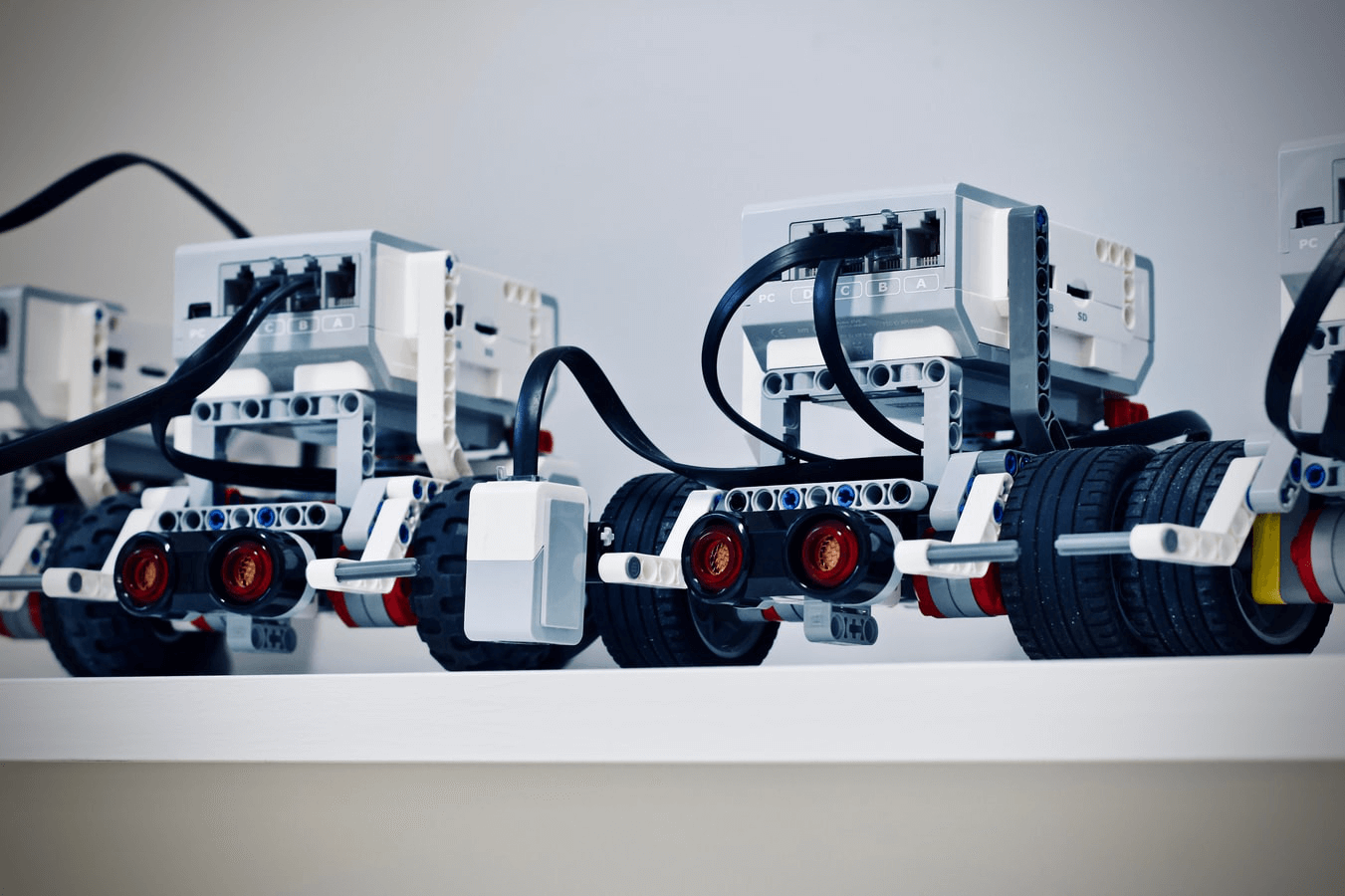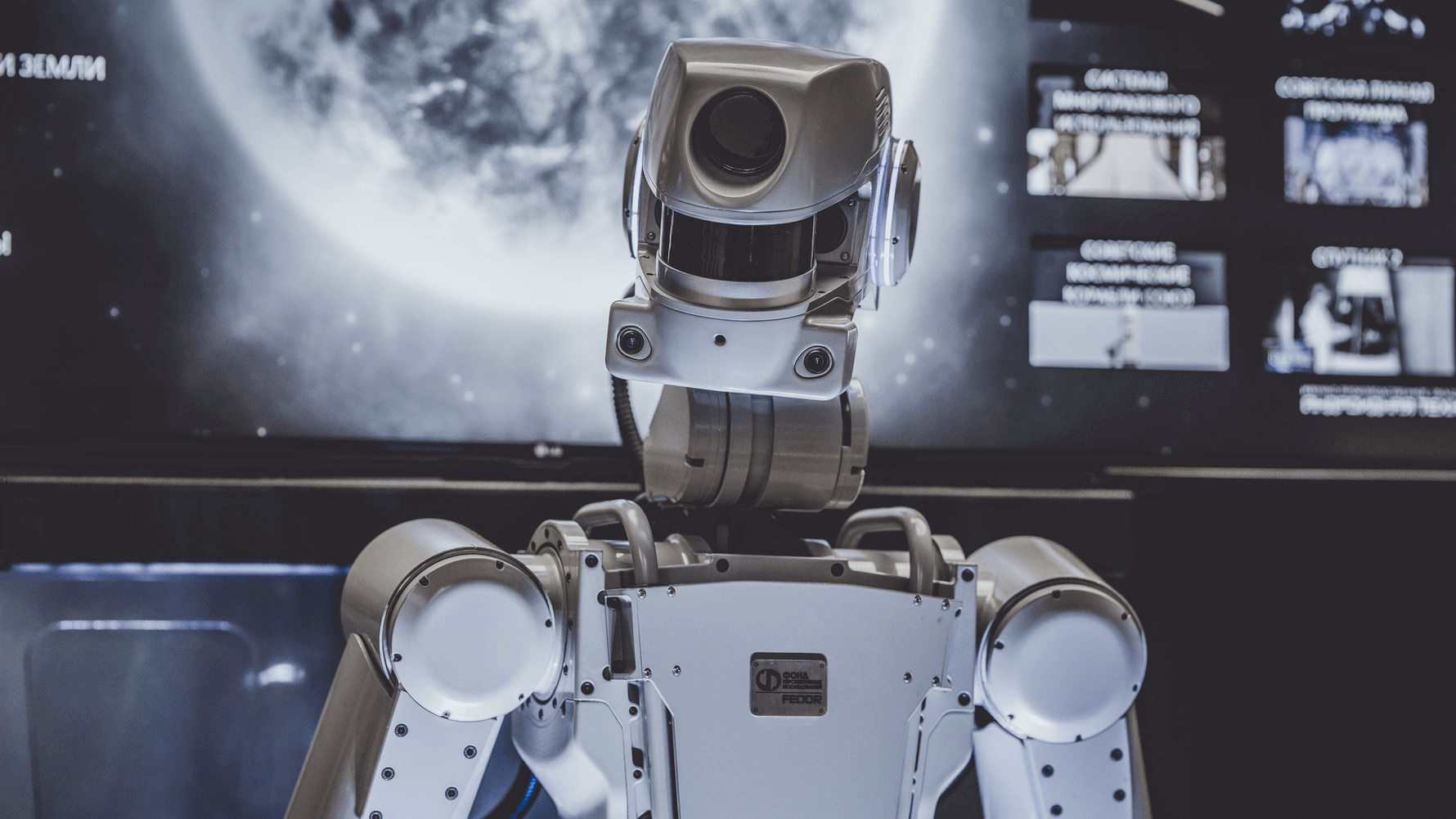Learn CNC Rapid Prototype in 5 Minutes: How fast cnc machining works?
2020-07-06What are the pros and cons of prototype cnc machining services?
CNC Rapid Prototype meaning and explanation
In CNC Rapid Prototype, CNC stands for Computer Numerical Control. It means that a program has fabricated under computer instruction. It is a design which has created by CAD (Computer Aided Design) software.
Furthermore, CNC machine totally works according to the instructions giving by a computer. It cannot perform any task without help of computer. And it works under full control of software, named Computer Aided Design (CAD).
In CNC machining, engineers use computer inputs to control the machining tools and devices.
Such as:
- Lathes
Manufacturers use CNC machining in various technologies and industries for a huge variety of prototypes and ultimate parts.
What is rapid prototype and CNC Rapid Prototype?
The rapid prototyping is a process in which engineers fabricate the parts and prototypes in a rapid manner. This process is very effective and affordable. And in the CNC machining, we get better finished products with low cost as well as in short time period.
Furthermore, it is also the key of success in the development of any product.
What is G-code in CNC machining and Prototyping?
In the process of CNC rapid prototype, manufacturers start CNC machining and prototyping with the help of 3D designs. And a computer can easily translate it into a series of instructions. Thus, engineers often call this series of instructions, a G-code.
In CNC machining all the machines work under the rules of G-code. All CNC machines have to work strictly according to this G-code.
Hence, all CNC machines and rapid prototype has to perform all tasks under this G-code. In this way all CNC machines and rapid prototypes exactly know where and when to perform and cut the machining independently.
This process is low cost as well as time saving. So, CNC rapid prototype is very effective in both cases.
On the other hand, by use of traditional machining, engineers have to use skilled machinist. And have to cut the work-piece by handmade operated cutting instruments.
Why engineers use CNC rapid prototype most widely?
CNC machining and rapid prototyping are widely used manufacturing procedures. Because they have following best features, like:
- Accuracy
- Versatility
- Consistency
- Wide range of compatible materials.
Furthermore, as we know that aluminum is using most commonly in most CNC machines. But manufacturers are using several other materials, like:
- Plastics
How do CNC rapid prototype benefits in various industries?
Nowadays, CNC rapid prototyping is providing various benefits in all industries. And it has now become an essential part in almost every field of industries. Here we are providing you a complete and authentic list of various industries.

It will guide you that how CNC rapid prototyping have used on regular basis.
And these industries are:
- Automotive
- Dental
- Electronics
- Firearms
- Aerospace
- Construction
- Agriculture
Here are some more industries where engineers use it. These are:
- Manufacturing of all types
- Publishing
- Hospitality
- Metalwork
- Production
- Military
- Transportation
When you invest in the CNC rapid prototype procedure it will assist you in two ways.
Such as:
- It will obviously reduce the risk of time-consuming
- It will also reduce more expensive mistakes.
Furthermore it will benefit in following ways
Now you will know that CNC rapid prototyping is also a reasonable option for various low budget and low volume projects of production. It is beneficial for low volume projects like if a consumer demands for 100 or 1000 units of samples.
Then CNC rapid prototyping can be a best choice for engineers. Because it’s best technique of "on-demand" manufacturing can easily deal with these sorts of needs.
Moreover, if a consumer demands for a metal or plastic prototype for its low volume manufacturing project. In such situations CNC rapid prototyping is a perfect and reliable process.
What are advantages of CNC rapid Prototype?
There are several reasons which explain the advantages of CNC rapid prototype.
And it includes the following:
- Part quality
- Production speed
- Material options
- Similarity of the final part.
From file to prototype:
The largest advantage of CNC rapid prototyping is "CNC" and it is its essential element. Because CNC is actually a digital procedure and it also assists to create a computer file. And a digital 3D design is as same as the machined prototype. Hence, this design will later help the engineers in order to fabricate the part which has finalized.
Moreover, by using 3D design in CNC rapid Prototype, manufacturers can do rapid and exact changes in their designs. But if there are any flaws in the last or final product, then engineers can easily change it. They have just to go back in the prototype fabrication process.
And here they can make the desired changes to create a perfect design. They can compare all the versions to create a perfect CNC rapid prototyping. And conveniently can test the final result of the product.
What other benefits CNC rapid prototyping provides?
Quality and consistency
As we know that computer is a machine, and it can create problems for engineers at any stage. But CNC machines instructed by CNC rapid Prototype never create any type of flaws. It will work strictly under CNC instructions.
But when manufacturers depend on the prototyping procedures done by human skills, it can cause some errors. Although, prototyping under human instructions are best in results but CNC machines guaranty the consistency.
Furthermore, if engineers develop a perfect CNC rapid prototyping, they can apply it on various products. Hence prototyping offers great benefits and quality. And it also saves you to do the same task again and again.
Range of strong materials
In certain conditions, if prototyping has performed without a mechanical purpose. Then this will be suitable for 3D printing. It will assist in two ways:
- Short space of time
- Cost very little.
Here we are giving you various material options for CNC rapid prototype for best results.
Engineers can not only use a huge variety of metals in CNC rapid prototyping. But they can also use very strong and lasting metals.
Moreover, a list is given bellow for your guidance.
| Metals | Plastics |
| Aluminum | ABS |
| Magnesium | PS |
| Stainless Steel | PP |
| Titanium | POM |
| Brass | PAGF30 |
| Steel | PC |
| Zinc | PMMA |
| Copper | Teflon |
| Bronze | PCGF30 |
Similarity to final parts
This is another very important and essential benefit of CNC rapid prototyping. It has the ability to fabricate the prototypes that are same as of the final products. Hence, using these prototypes, manufacturers have no need to create the final designs.
As CNC rapid prototype is same to the end product. Furthermore, the facility which this type of prototyping offers you, it cannot be attained from any other prototyping.
It depends on the type of material which engineers are using in prototyping. Hence, it will help the manufacturers to fabricate the final designs in two ways, like:
- It is cost effective
- It saves the time.
Furthermore, when manufacturers use CNC rapid prototyping, they can reach their target production very easily. Because, using CNC rapid prototyping, they have to make little changes to fabricate their final designs.
What are some disadvantages of CNC rapid prototype?
Although there are many benefits of CNC rapid prototyping, but it has some disadvantages also.
And these are:
- More expensive than 3D printing

§ Waste material
Here we are providing you details of above disadvantages.
More expensive than 3D printing
It is a very big defect of this prototyping that it is one of the high price processes. Because, it requires a large machinery as well as larger human supervision. It is a main drawback when it is compared to 3D printers.
Furthermore, the price of machine able metals which engineers use in CNC rapid prototype is also very high. So, it is basically a major cause that manufacturers choose the other processes of prototyping. It is a fact that cost really affects the huge businesses.
Waste material
In this type of prototyping, manufacturers require a large amount of machining material. Because a big amount of material is wasted when process is holding. Hence, engineers need a large amount of metals. And it will definitely cost more than any other prototyping procedure.
Conclusion:
No doubt that CNC rapid prototyping has some drawbacks but regardless it. CNC rapid prototype is cost effective. And for larger volumes of orders it is very effective. Furthermore, they are so complete in processing that they do not have to prototype for the final designs.
Hence, CNC rapid prototyping is much better than 3D printers.





